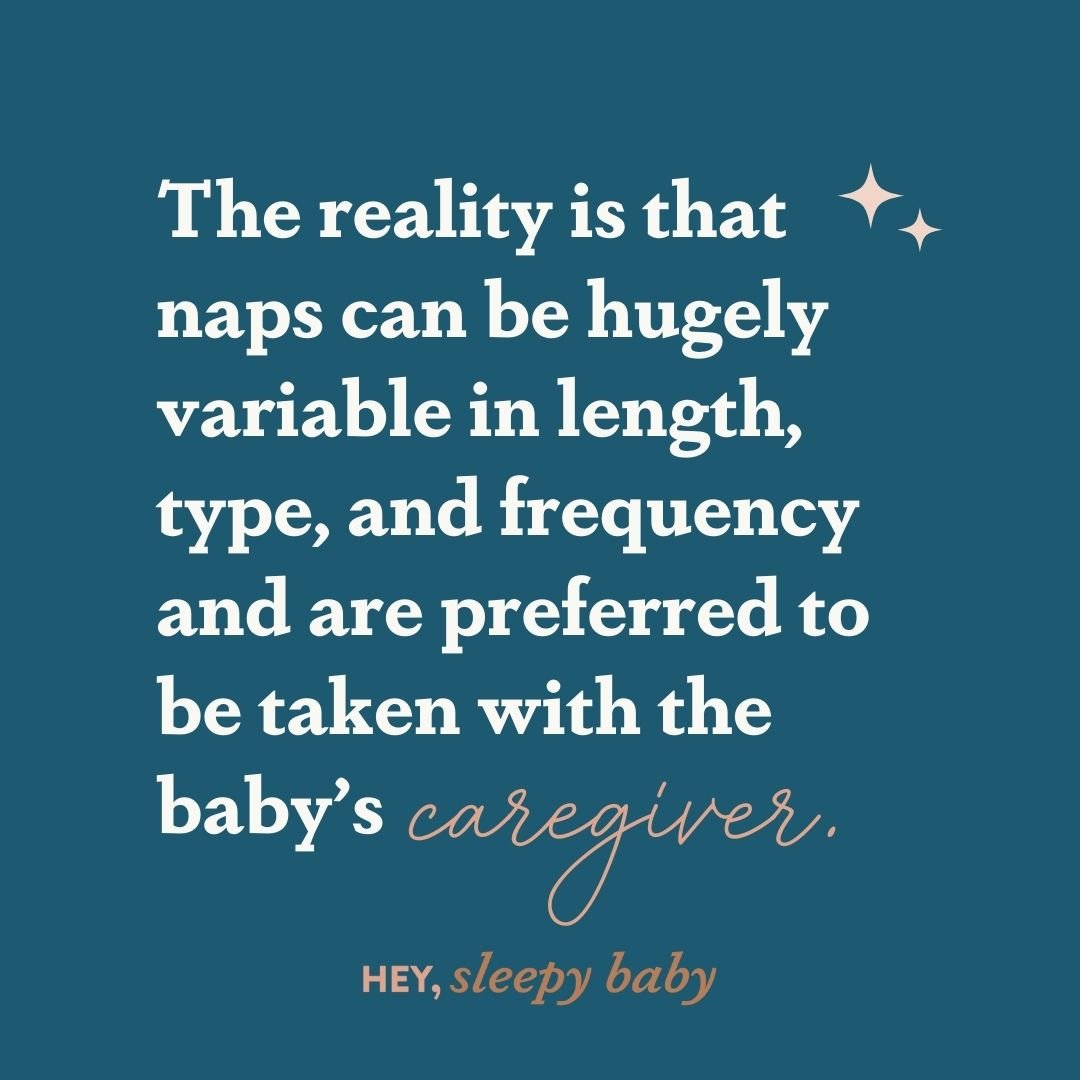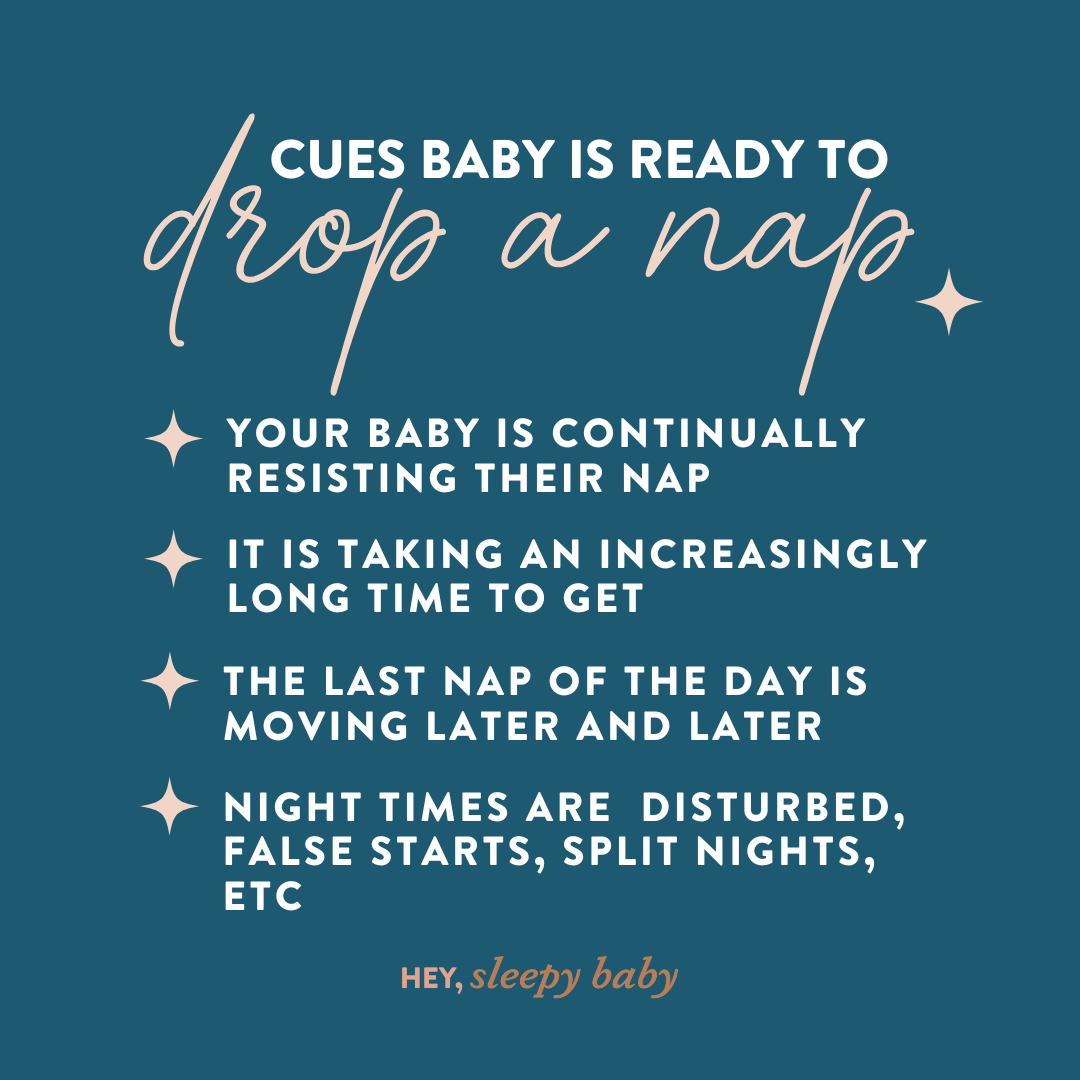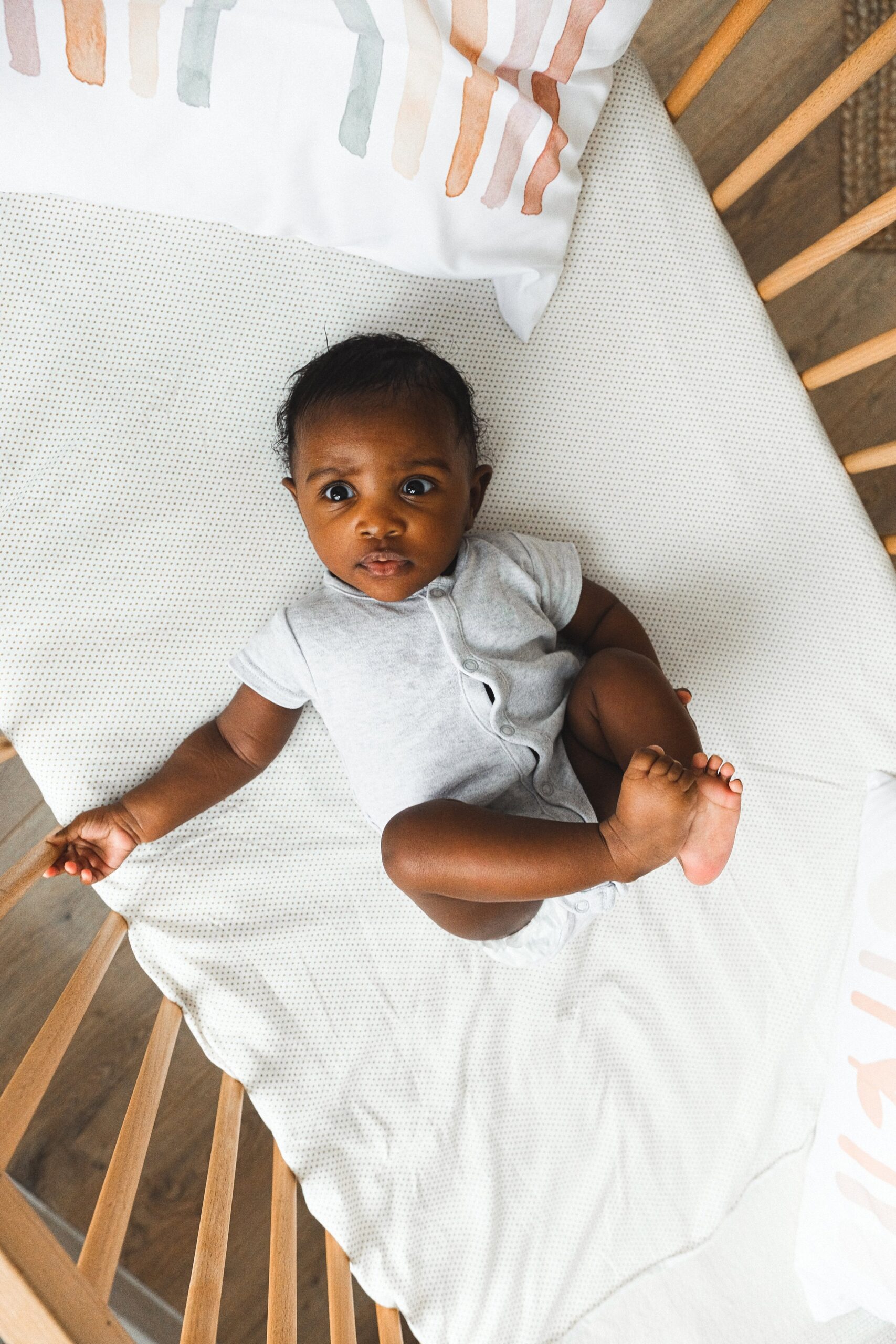I'm Rachael
Mom of 3 & Baby Sleep Expert with Big Sis Energy
& I’VE DONE ALL THE RESEARCH FOR YOU ALREADY.
Better sleep for the entire family
BROWSE COURSES
hey!
All About Baby Naps
February 7, 2023
As with most things baby-related the expectations we hold as parents, and the reality of newborn life are wildly different. Baby sleep and baby naps are no different from this. It can feel like a minefield trying to understand baby naps, attempting to stick to unrealistic schedules, comparisons to other babies, and Instagram posts. All of this can lead to a stressful season. Here are my top suggestions for navigating this.
expectations
New moms are sold this idea that babies will sleep for long stretches in the crib with ease. This myth couldn’t be further from the truth. The first year of a baby’s life is heavily nap orientated and the reality is that naps can be hugely variable in length, type, and frequency and are preferred to be taken with the baby’s caregiver! The difference in our expectations and reality can cause a huge amount of stress for new moms. We aren’t prepared for the lack of structure and routine that is the reality of the first three months. We feel like we are failing when our baby only wants to contact nap. If you have been following me for a while you will know that I am a huge fan of normalizing the reality of baby sleep @heysleepybaby on Instagram. Here are some of the things I wish I had known as a parent of a newborn.

length of your baby’s naps
Newborn babies spend hardly any time awake initially. Wake windows are normally between 45-60 minutes (though might be MUCH shorter in the first couple weeks) and the rest of the time they are asleep. Usually, contact napping! As your baby gets older their naps tend to get shorter and their wake windows get longer. For the first 0-4 months baby naps get shorter as the baby gets older and after the fourth trimester when their circadian rhythm has developed, their naps do become more predictable. The easiest way to have a non-stressful relationship with baby naps is to be able to identify your baby’s sleepy cues. By starting with your baby’s innate drive to sleep you will be able to see some patterns emerging around their naps. If you would like some support with this check out my Newborn Masterclass.
what’s the deal with motion naps or car naps?
A question I am frequently asked is about the quality of motion naps in comparison to crib naps. There seems to be noise in the sleep world that suggests that motion naps are somehow inferior, but the research has shown the opposite to be true. Many babies find the rhythmic movement soothing, and it helps them to fall into a deeper and more restorative sleep and foster memory consolidation. They are more work for the caregiver, and I think this is why they can be dismissed but personally, I like the flexibility that they give you to be able to get out in the world rather than feeling tied to being at home. I think as with anything sleep related you should do what works best for you and your baby and ensure the safety of the nap. Stroller, baby-wearing and car naps are fine but no naps in things like swings. I have a post on this here if you would like to read more.

the frustration of cat naps
As with motion naps, cat naps also get a bad reputation. I can understand this as it can be super frustrating if you have got your baby down for a nap and you have a million things to do and the nap is only short. But I’m here to tell you they are normal and fine and normally down to temperament. Babies usually fall into one of two camps: short frequent cat nappers, and longer fewer naps. There is no evidence to say that either camp is more beneficial or restorative than the other. Typically the brain will make up for a day of shorter naps/ lighter sleep with deeper more restorative sleep at night. It’s amazing! Cat napping can also be down to a season in your child’s sleep journey as their sleep needs change and they begin to drop naps and consolidate sleep. Although the popular phrase ‘sleep begets sleep’ is thrown about a lot, this isn’t totally true, and too much daytime sleep can negatively impact nighttime sleep. More information can be found on cat napping here.
moving on from contact naps
Contact naps are completely normal and fine to do as long as you want to! Many babies and parents prefer for all naps to be contact naps for well over a year. Babies want to be held and feel safest when close, so of course they want to sleep snuggled up to you! They are biologically wired to want this. This doesn’t mean you have done anything wrong and it is not a bad habit, contrary to what sleep training culture will have you believe. However, if you are ready to move on from contact napping there are some things you can put into place that will help ease this transition. Things like layering sleep associations, making the crib more desirable through scent and warmth, floor beds, etc are all ways to gently move away from contact naps. If you would like some more support with this it is covered in detail in my Tender Transitions course.
the messy reality of nap transitions

Nap transitions can be tricky. How do you know if it’s the right time? What signs should you be looking out for? How do I practically go about it? Will it affect night-time sleep? A quick search on google will leave you feeling overwhelmed. There is so much generic advice about how many naps baby’s should be taken at certain ages and for how long. As with anything baby-related tune in to your child and their cues and let that be your guide. I have a blog post on this here. These are some cues to look out for:
-
If your baby is continually resisting their nap.
-
The nap is taking an increasingly long time to get.
-
The last nap of the day is moving later and later.
-
Night times are becoming disturbed, false starts, split nights, etc
These can all be signs that they are ready to drop a nap. Nap transitions are messy and can take a few weeks for your baby to settle into the new routine. More information on this can be found here.
naps when outnumbered
I am asked a lot about how to handle nap time when you have two children, both when two children need to sleep or when one child has already dropped the nap or naps at a different time. These are a few of my top tips for handling this:
-
If you can try and align the naps by stretching wake windows a little, capping naps, getting creative with wake-ups and bedtimes, etc.
-
Settle the toddler first while feeding or wearing the baby, and then focus on the baby.
-
If the toddler doesn’t nap – can they listen to an audio story or color while you settle the baby? Watch a show while you put the baby down?
-
Motion naps and babywearing were my go-to during this season with my newborn and 2.5 year old. I would babywear and take my toddler out and about on walks, or we’d have no choice but to have car naps during preschool pick ups.
Naps with multiple children is a hard season but you will find a rhythm that works for your family for now. Remember that this too shall pass- just when you think you’ve got a routine down something changes! Try not to get too attached to any one way of doing things, because as a parent of little ones, flexibility is the key to sanity. More information and tips can be found here.
Was this helpful? Save it for later!
binge reads
We think you'll love these
You deserve to the
baby stage, not just "survive it."
And you DON'T have to sacrifice your values, ignore your instincts, or force yourself to follow a method you don't align with just to get your baby back to sleep.
I’m here to help you create a restful, sustainable sleep environment that honors both your baby’s needs AND your own (without the stress OR the guilt!) because, no, you don’t have to choose between the two.
enjoy!
BABY SLEEP COURSES →
BABY SLEEP CONSULTS →
Wish you could help your baby sleep better without resorting to sleep training? Download my FREE guide to a good night’s sleep and learn 8 simple, science-backed tips for supporting your child’s needs.
Traditional sleep training methods don’t have to be your solution to better sleep.
SLEEP TRAINING ISN’T THE ONLY WAY TO GET GOOD SLEEP
Hey, I'm Rachael and Hey, Sleepy Baby is for parents who want to get their nights back, without sleep training their babies.
NO ONE TOLD US POD
explorING the untold truths of parenting





